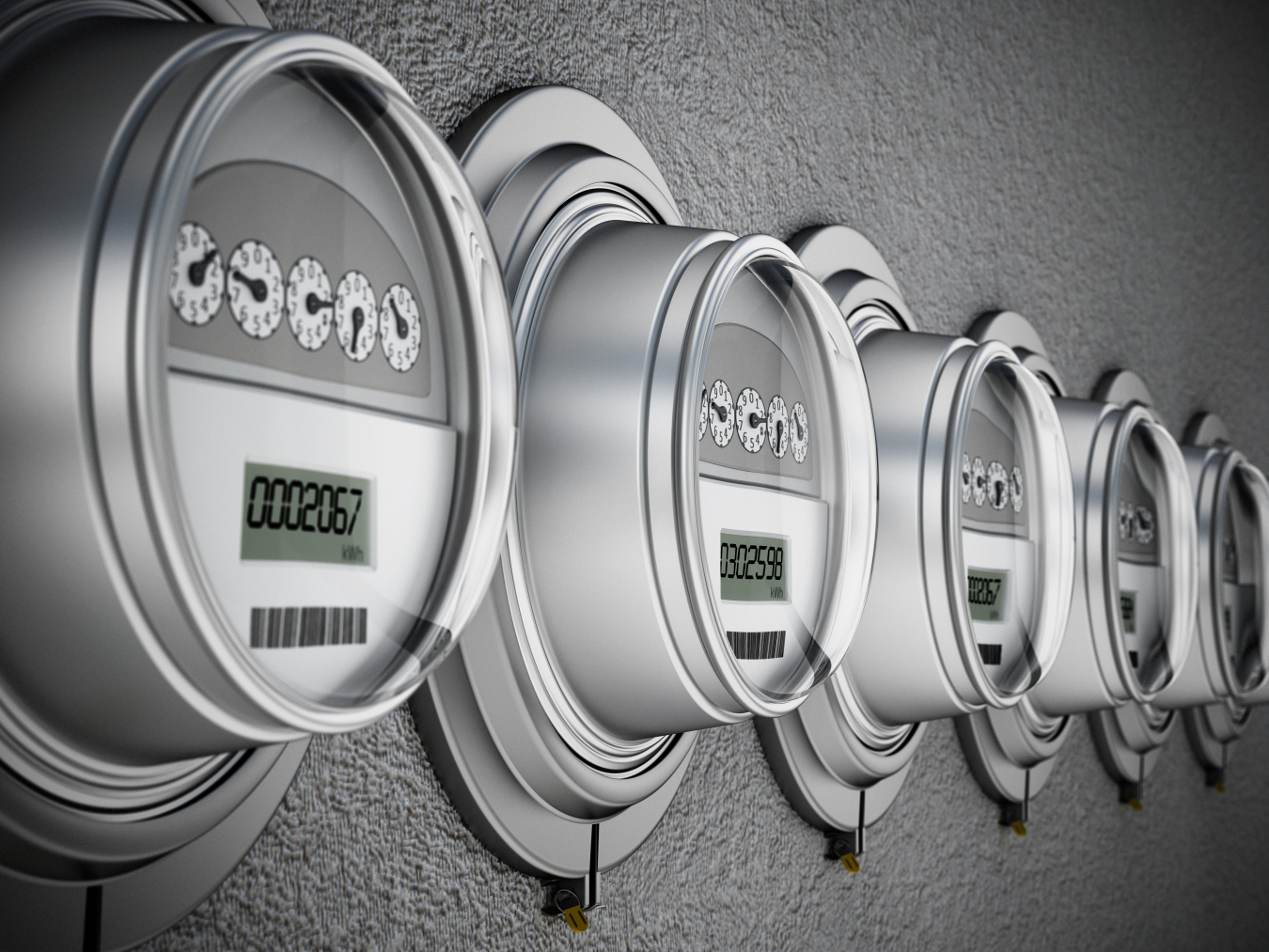
Efficiency-as-a-service is a pay-for-performance, off-balance sheet financing solution that allows customers to implement energy and water efficiency projects with no upfront capital expenditure. The provider pays for project development, construction, and maintenance costs. Once a project is operational, the customer makes service payments that are based on actual energy savings or other equipment performance metrics, resulting in immediate reduced operating expenses. The energy services agreement (ESA) is the most common type of arrangement, but other models such as lumens-as-a-service and energy subscription agreements are also in use.
How It Works
Under an ESA, the provider enters into the ESA directly with the customer for a contracted period (typically 5-15 years). Before equipment is installed, the ESA provider performs a baseline of the customer’s energy consumption and calculates an upfront estimation of savings. The ESA provider then pays and manages a contractor to install the high-efficiency equipment and help maintain the equipment through the contract period. Once project installation is complete, a measurement and verification (M&V) analysis is performed to determine actual savings compared to baseline energy use.
The customer then enjoys lower utility bills throughout the contract term. The ESA provider retains ownership of the equipment for the duration of the ESA term and pays for maintenance to ensure reliability and performance. New efficiency measures can be added during the duration of the contract. At the end of the contract, the customer can elect to purchase the equipment at fair market value, extend the contract, or (less commonly) return the equipment.
How to Proceed
- Look for more than the low bid. Select an ESA provider with a good track record that can provide other necessary services, such as project design, installation, and maintenance. Get references.
- Negotiate a contract that limits the ESA provider's profits to a reasonable amount and establishes a win-win arrangement. Weigh the pros and cons of sharing savings rather than paying fees for services and other contractual arrangements.
- Require the ESA provider to take a comprehensive approach to energy conservation rather than a cream skimming approach.
- Ensure that the agreement prevents the ESA provider from sacrificing quality for energy savings.
- Ask the ESA provider to incorporate extended product warranties and personnel training into the bid.
- Ensure that the end-of-term agreement aligns with your long-term plans and priorities.
- When the contract is signed, organize an in-house team to work with the ESA provider to choose energy measures, prepare bid specs, qualify prospective bidders, and perform other tasks.
- Work with the ESA provider to determine the performance and applicability of new technologies.
- Design the project and coordinate construction to minimize disruption of the building’s functions.
- Document both the energy and the non-energy benefits of the project.

